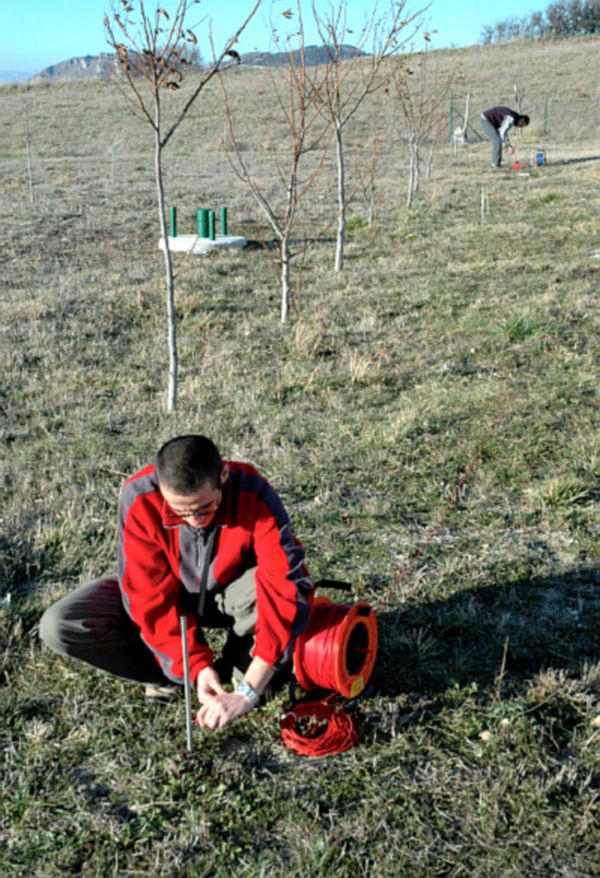No products
Prices are tax excluded
Product successfully added to your shopping cart
There are 0 items in your cart. There is 1 item in your cart.
MAE C313SEV Georesistivimeter for Quadrupole measurements
C313SEV
New
Georesistivimeter for quadrupole measurements
- Consulta este producto
- Remove this product from my favorite's list.
- Add this product to my list of favorites.
| Type of Instrument | Georesistivimeter |
A Digital Georesistivimeter is used for V.E.S.Vertical Electric Surveys.
This unit is characterized by its maximum resolution and accuracy in geoelectric survey and great functioning rapidity.
Once the data acquisition is completed, it can be immediately processed with related data processing software.
The operating power is supplied by an embedded battery pack and it is managed by a microprocessor able to provide ample autonomy of data acquisition.
Recording and saving of data takes place on an internal Disk or on a USB key (supplied).
The unit is fully computerized and all its operating functions are selected simply by a touching menu on the color LCD monitor 7" with integrated touch screen.
■ Number of electrodes: 4
■ Power supply: Internal 12V battery pack, external battery
■ Average power consumption: 2,5A, 50A peak
■ Average autonomy: 9 hours
■ Environmental operating conditions: -20/80 °C
■ Resolution: 24 bit
■ Case: Polypropilene, automatic pressure valve, IP67
■ Display: LCD 7" integrated touch-screen
■ Operative system: Windows 10
■ Ports: LAN, USB
■ Data recording: internal ssd, USB esternal pen drive
■ Formato dati: TSV, CSV, DAT
■ Dimensions: 49 x 19 x 26.4 cm
■ Weight: 9,6 Kg
Output current:
■ Regulation: Automatic 5 steps
■ Maximum intensity: 5A a 50V
■ Output tension: ±50V, ±100V, ±250V, ±500V, ±800V
■ Maximum power: 250W
■ Injection time: settable from 0,25 sec. (graphic visualization of the wave)
■ Measure accuray: ±0,2μA
Potential measurement:
■ Range: Auto range
■ Measure: simultaneous measure on all channels
■ Maximum full scale: ±25V
■ Input impedance: 2,5 MOHM
■ Network frequency filter: 50 Hz
■ Protection: superior
■ Measure’s precision: ±1,5μV within the range of ±25V
■ Noise reduction: average from 2 to 10 measures
■ Automatic reset of spontaneous potential: Automatic
■ Accuracy of measured resistivity : ±0,5%
V.E.S. Vertical Electrical Survey+
Induced Polarization Measurement+
Spontaneous Potential Measurement+






































